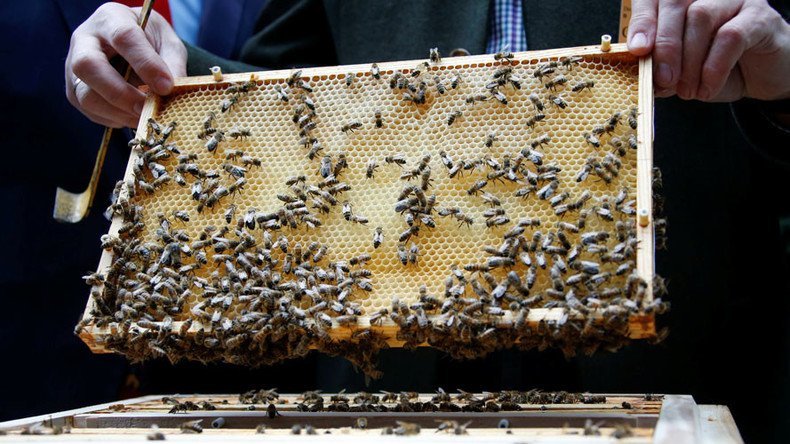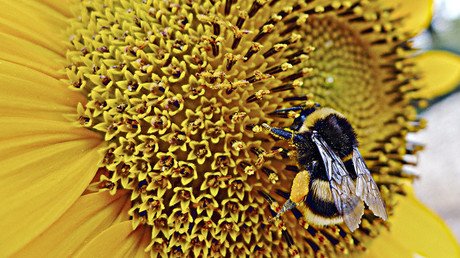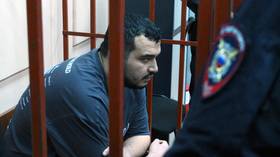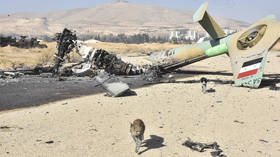Buzz off! Antisocial bees share genetic profile with autistic people, study says

Antisocial bees that prefer to keep to themselves rather than buzzing around with the rest of the hive share a genetic profile with people who have autism, a condition often leading to a similar lack of social awareness in humans, according to a new study.
Researchers at the University of Illinois observed the social behavior of honey bees, with postdoctoral fellow Hagai Shpigler designing two tests which involved filming a group of bees and analyzing each individual insect’s reaction to a social scenario.
In the first test, Shpigler stuck an unfamiliar bee in the group, which typically prompts bees to react aggressively to the outsider. Such behavior, know as “guarding,” sometimes leads to injury for the stranger.
In the second test, Shpigler put an immature queen larva in with the group, which typically brings out nurturing instincts for bees known as ‘nurse bees.’
Shpigler tested 245 groups of bees from seven different colonies multiple times. The groups each consisted of 10 bees.
“For any given task, most honey bees fall somewhere in the highly engaged to moderately engaged camp,” said University of Illinois entomology professor Gene Robinson, who led the study, as quoted by Phys.org. “Typically, honey bees will respond more robustly to one stimulus than to another.”
However, around 14 percent of the bees were unresponsive to both, Science Magazine reported, citing the study.
To better understand why certain bees lacked any sort of responsiveness to either scenario, the researchers analyzed some of the bees’ genes, finding that more than 1,000 genes were regulated differently between unresponsive bees, nurse bees, and guards.
The researchers then referenced a list of genes and gene expression profiles known to be associated with autism in humans, to see if the unresponsive bees shared any of those characteristics.
“We figured out a way to make an unbiased statistical test that will tell us whether a human gene list and a honey bee gene list overlap more or less than expected by chance,” said postdoctoral researcher Michael Saul, who led the statistical analysis with statistics professor Sihai D. Zhao.
The results of that test found a significant overlap between the unresponsive bees’ gene expression profile and genes closely associated with autism in humans.
“Our data are telling us that social unresponsiveness does have some common molecular characteristics in these distantly related species,” Robinson said.
However, Robinson stressed that it is “important to point out some caveats,” noting that “humans are not big bees and bees are not little humans. The social responsiveness depends on context, and is different in the two cases. Autism spectrum disorder is very complex, and unresponsiveness is not the only behavior associated with it.”
Saul expressed his excitement about the results, stressing that “there appears to be this kernel of similarity between us and honey bees, a common animal inheritance that potentially drives social behavior in similar ways.”
“We haven’t proved this, but this work is telling us where to look for that in the future.”
The study was published in the journal Proceedings of the National Academy of Sciences (PNAS) on Monday.














